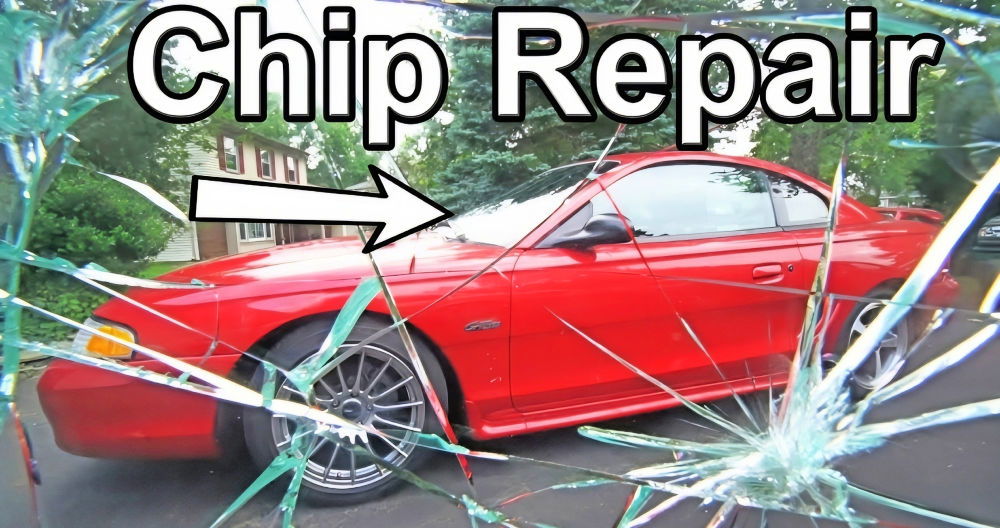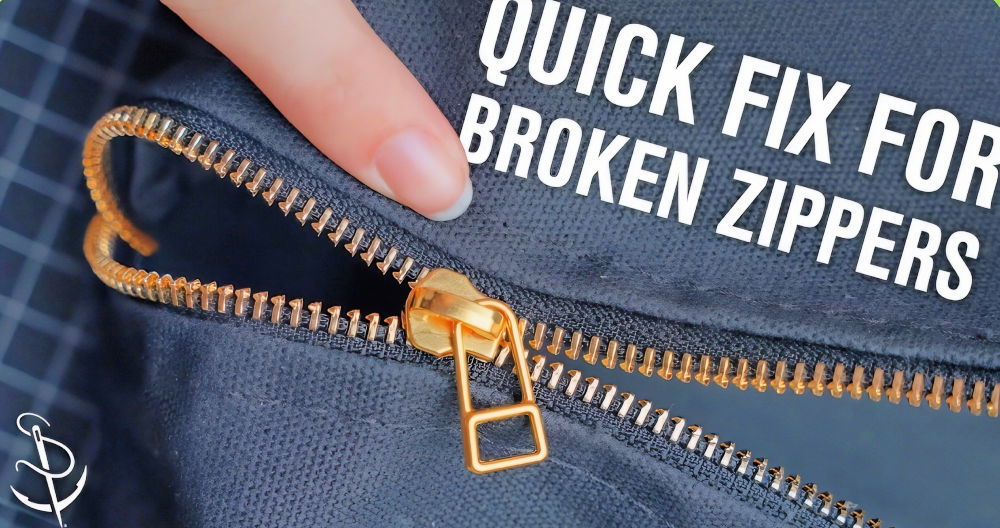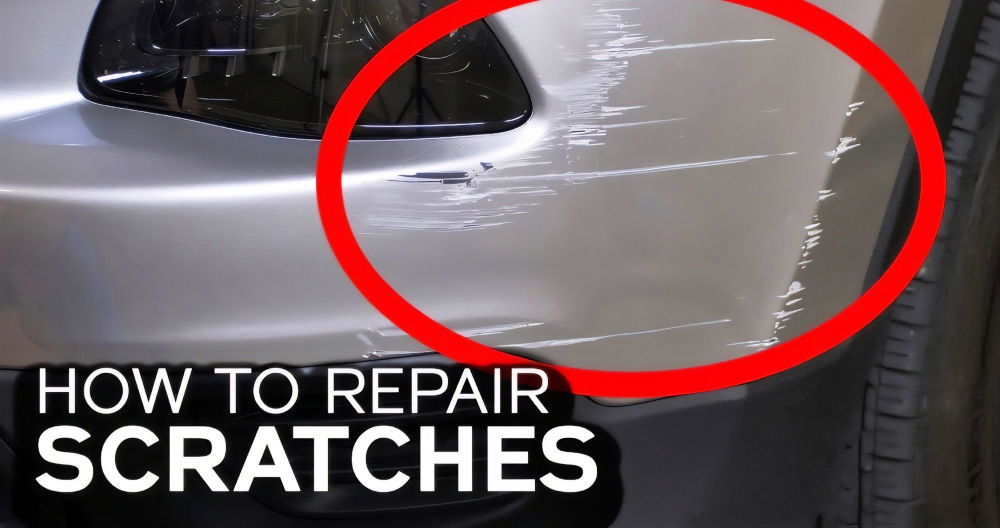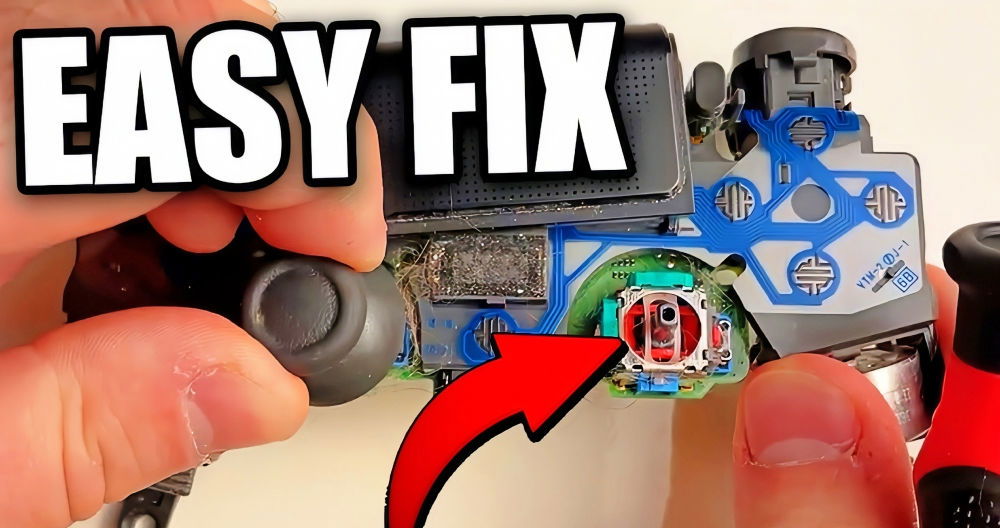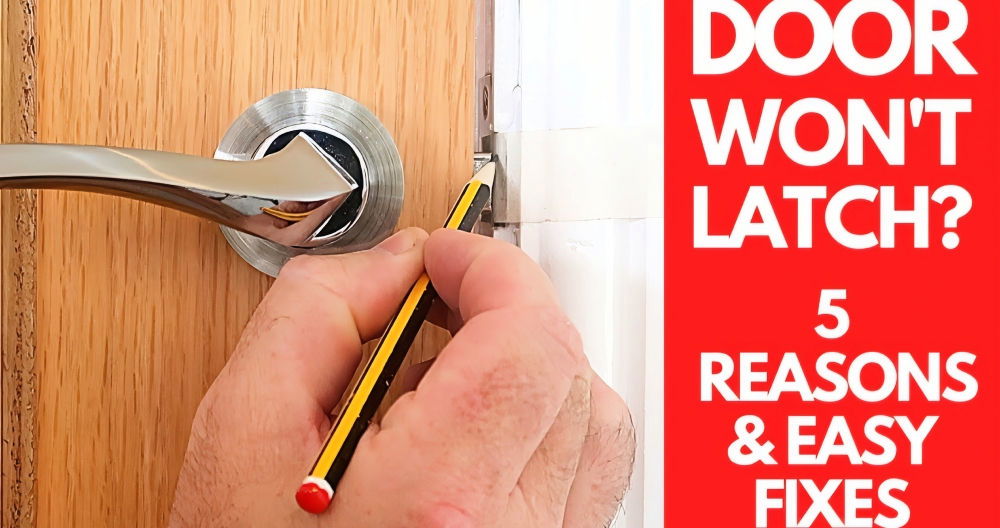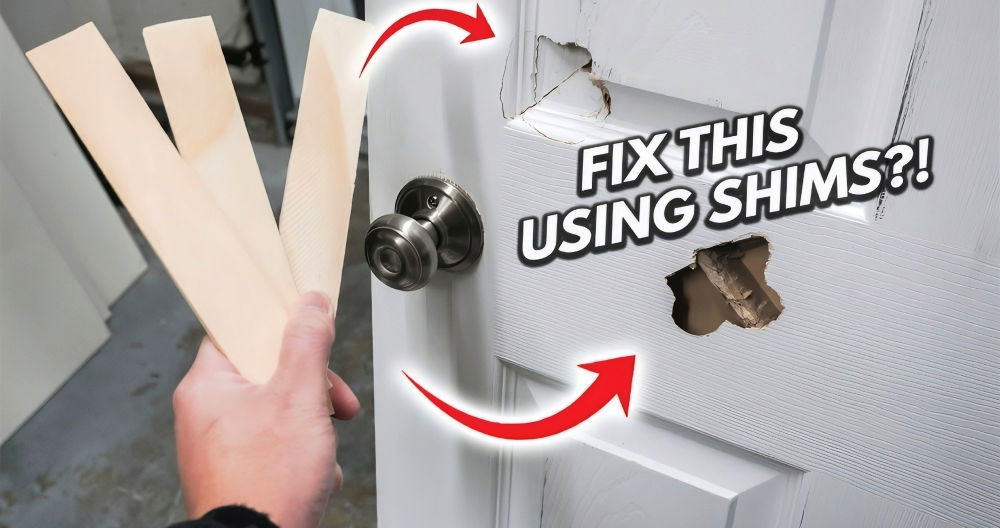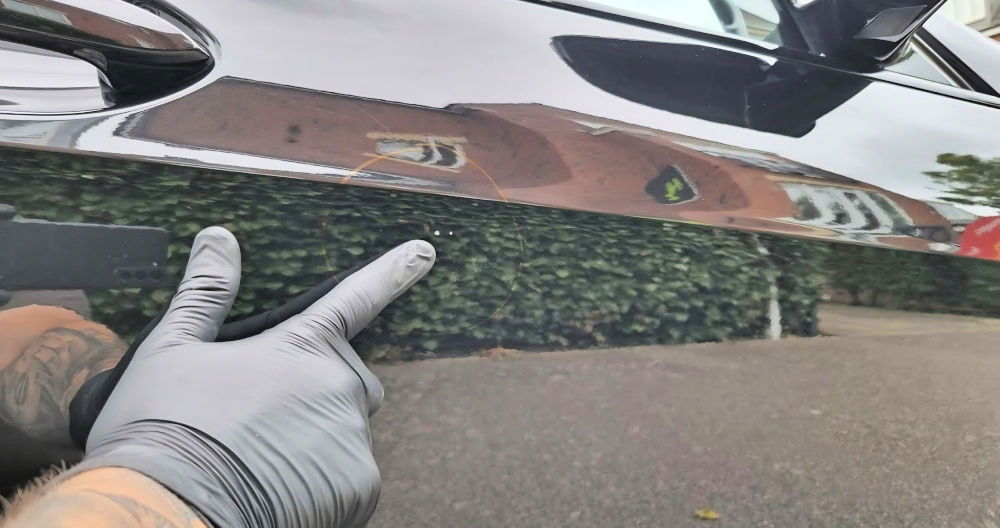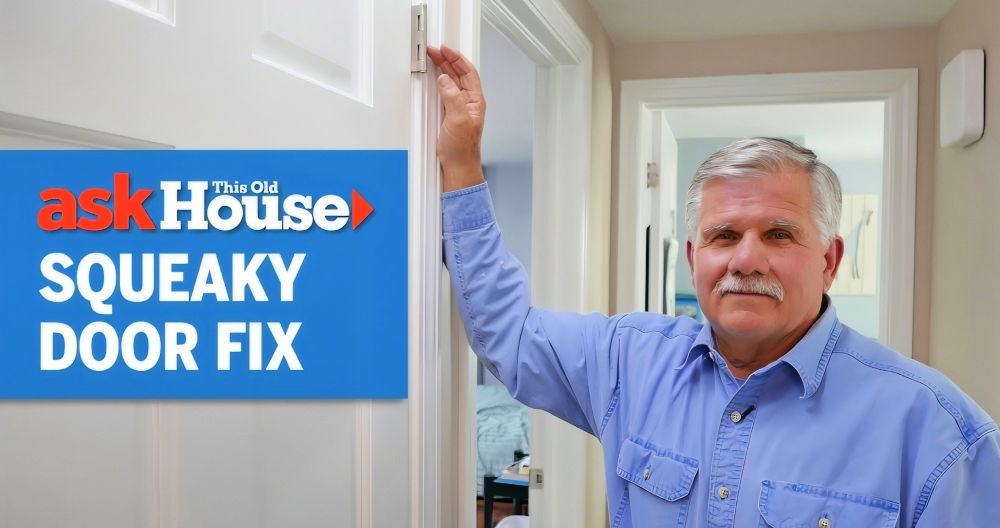I remember the first time I had to fix a toilet that wouldn't flush. It was a frustrating morning. I lifted the tank lid and stared cluelessly. However, after some research, I discovered simple steps and common issues I could check. From making sure the water level was correct to inspecting the flapper, I felt more confident and empowered.
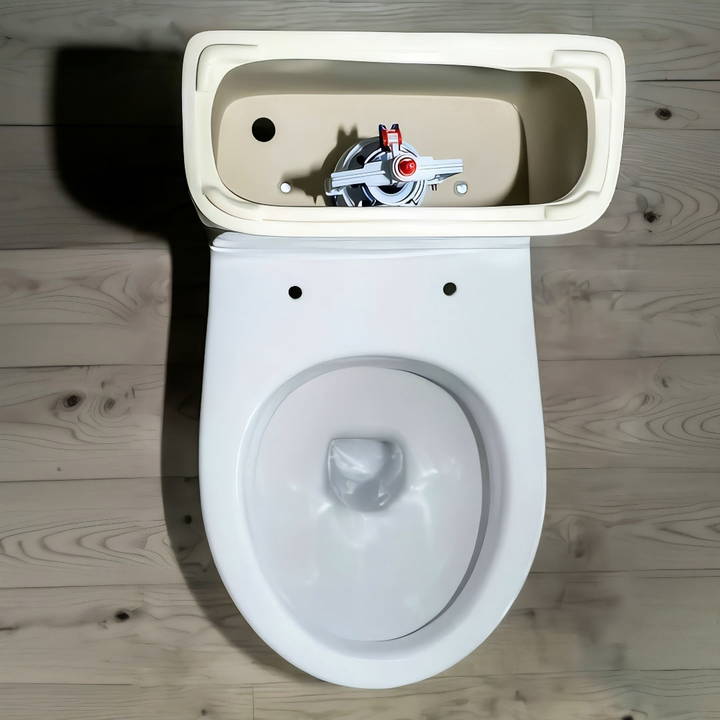
Understanding the Potential Culprits
The journey to fixing a non-flushing toilet commences with identifying the root cause. Simplifying a list from plumbing expert Roger Wakefield, I'll break down the chief suspects: a clog, malfunctioning tank parts (like the fill valve or flush valve), hard water deposits, or an obstructed siphon jet.
Start with the Basics: Is It Clogged?
A toilet plunger and a closet auger became my best allies in this initial step. A strong plunge often resolves the simplest of clogs, and an auger can reach deeper for more stubborn blockages.
Assessing the Toilet Bowl and Tank
Realizing no clog was present, my attention shifted to the toilet's tank and bowl. A quick peek inside the tank to check if the fill valve and flush valve were functioning correctly segued into inspecting the bowl for hard water deposits, a sneaky yet common villain in toilet malfunctions.
Hard Water Buildup: The Invisible Foe
Living in an area with hard water, the calcium and magnesium deposits were evident on my shower heads, signaling similar issues could be affecting the toilet's efficiency.
Materials Needed
- A plunger or closet auger for potential clogs.
- Rubber gloves for manual inspection.
- Vinegar (a safer alternative than muriatic acid for homeowners) to dissolve hard water deposits.
- A funnel to guide the vinegar into targeted areas.
Step by Step Instructions
Learn how to fix a toilet that won't flush with detailed step-by-step instructions, including cleaning the siphon jet and inspecting tank parts.
Cleaning the Siphon Jet
- Determine the Blockage: With rubber gloves on, I gently probed the siphon jet located at the bottom of the bowl. Feeling the crunch of mineral deposits, I knew the culprit.
- Vinegar Magic: Opting for a safer route, I used vinegar to tackle the hard water buildup. I filled the tank with vinegar, aiming it down the overflow tube with a funnel, ensuring it would soak the rim and siphon jet. I let the vinegar work its magic for about 30 minutes. Vinegar, a mild acid, can dissolve calcium and magnesium over time without the hazardous fumes associated with stronger acids.
- Flush and Assess: After the wait, a flush revealed a clearer siphon jet, with water forcefully moving with each flush, a sign of success.
Inspecting and Fixing Tank Parts
Not one to leave any stone unturned, I also inspected the tank's internals.
- Flapper Check: The flapper, often a victim of chlorine damage, was intact and not waterlogged. A waterlogged flapper can prematurely close, starving the bowl of the necessary flush volume.
- Fill Valve Inspection: Ensuring the fill valve was free from debris and filling the tank efficiently was key. A partially filled tank will never flush properly.
Pro Tip: Know When to Call It
Despite your best efforts, some toilets, especially older models, may simply be past their prime. Efficiency standards have evolved, and sometimes replacement is more economical in the long run, not only for water usage but for sanity's sake.
Common Issues and Diagnostics
When your toilet won't flush, it can be due to a few common issues. Understanding these can help you diagnose and fix the problem quickly. Here's a plain language guide to help you out.
The Handle is Loose or Broken
- What to look for: The handle doesn't spring back after you push it.
- How to fix: Tighten the nut inside the tank or replace the handle if it's broken.
The Flapper isn't Sealing Properly
- What to look for: Water keeps running into the bowl, or the tank doesn't fill up.
- How to fix: Clean the flapper and the seat it rests on. If it's worn out, you'll need to replace it.
The Chain is Disconnected or the Wrong Length
- What to look for: The flapper doesn't lift when you push the handle.
- How to fix: Reconnect the chain or adjust it so there's only a little slack when the flapper is closed.
The Fill Valve is Malfunctioning
- What to look for: The tank doesn't fill up, or it fills too slowly.
- How to fix: Check if the valve is blocked and clean it. If it's damaged, you might need a new one.
The Toilet is Clogged
- What to look for: Water fills the bowl but doesn't drain.
- How to fix: Use a plunger or a toilet auger to remove the blockage.
The Vent Pipe is Blocked
- What to look for: Gurgling sounds or slow drainage in other fixtures.
- How to fix: Clear the vent pipe from the roof, but be careful; you might need a professional for this.
The Water Level in the Tank is Incorrect
- What to look for: The water level is too low or too high.
- How to fix: Adjust the float to change the water level. It should be about an inch below the top of the overflow tube.
By following these steps, you can often fix a non-flushing toilet yourself. Remember, if you're ever in doubt or the problem persists, it's best to call a professional plumber.
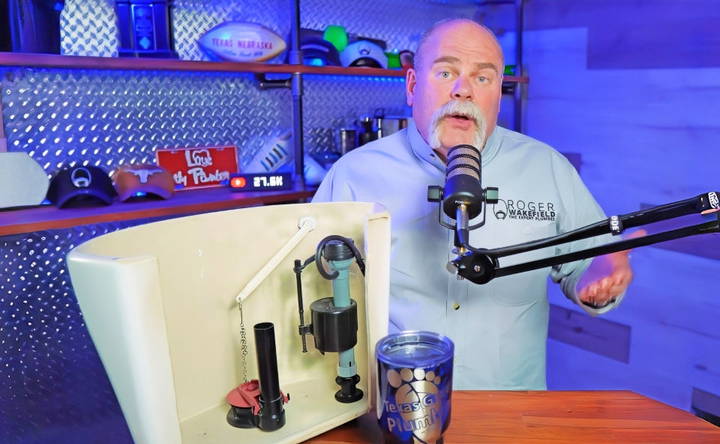
Advanced Troubleshooting
Sometimes, a toilet issue may be more complex than a simple clog or a faulty flapper. Here's a guide to advanced troubleshooting in plain language to help you tackle those tricky problems.
Inspecting the Vent Pipe
- What it is: The vent pipe prevents a vacuum from forming in the pipes, allowing waste to flow freely.
- Symptoms of a blockage: Slow draining, gurgling sounds, or bad odors.
- How to check: Look for obstructions in the vent pipe on your roof. Be cautious; this may require climbing.
Adjusting the Lift Chain
- What it is: The lift chain connects the handle to the flapper.
- Symptoms of an issue: The flapper doesn't lift fully, or it lifts too high.
- How to adjust: Shorten or lengthen the chain so the flapper opens fully when the handle is pressed.
Checking the Water Supply Line
- What it is: This line supplies water to your toilet tank.
- Symptoms of an issue: Weak flush or tank doesn't refill.
- How to check: Ensure the supply valve is fully open and the line isn't kinked or leaking.
Testing the Toilet for Leaks
- What to do: Add a few drops of food coloring to the tank water.
- What to look for: Color seeping into the bowl indicates a leak.
- How to fix: Replace the flapper or tank-to-bowl gaskets as needed.
Evaluating the Flush Valve
- What it is: The flush valve releases water from the tank to the bowl.
- Symptoms of an issue: The toilet doesn't flush properly.
- How to check: Inspect for cracks or wear. Replace if necessary.
Dealing with Hard Water Deposits
- What they are: Mineral buildup that can affect toilet performance.
- Symptoms of an issue: Weak flush, clogged holes under the rim.
- How to clean: Use a commercial cleaner designed for toilets or a vinegar soak to dissolve deposits.
Addressing these issues can fix persistent toilet problems. If you're not comfortable or the issue persists, consult a professional plumber.
FAQs About How to Fix a Toilet That Won't Flush
Discover solutions in our FAQs about how to fix a toilet that won't flush. Get step-by-step guidance to resolve common toilet issues easily.
First, check the water shut-off valve behind the toilet to ensure it’s fully open. If it’s not, turn it counterclockwise to restore water flow. Next, inspect the toilet flapper inside the tank; if it appears warped or damaged, it may need replacement.
To unclog a toilet, use a plunger to make a seal over the drain opening and pump vigorously for about 20 seconds. If the water level is too high, remove some water first using a disposable cup. Avoid flushing heavy paper products to prevent future clogs.
A weak flush could be due to clogged rim holes or a siphon jet. Clean these areas to remove mineral deposits that may be hindering water flow. Adjusting the water level in the tank can also improve flushing power.
If the toilet handle is loose or not functioning, check the lift chain inside the tank. It may need adjustment to properly raise the flapper. Also, ensure the handle mechanism itself isn’t clogged or broken.
Yes, if your toilet isn't flushing well, the plumbing vent on the roof might be blocked. Check for any obstructions and clear them. Sometimes, plumbers forget to remove a temporary plug used during construction, which can also cause flushing issues.
Conclusion:
Wrapping up, knowing how to fix a toilet that won't flush can save you time and stress. By checking simple things like the water level and the flapper, you can quickly pinpoint and solve the problem. With these tips, you can confidently manage your toilet issue without professional help. Start the repair process today and enjoy a smoothly functioning toilet again!


